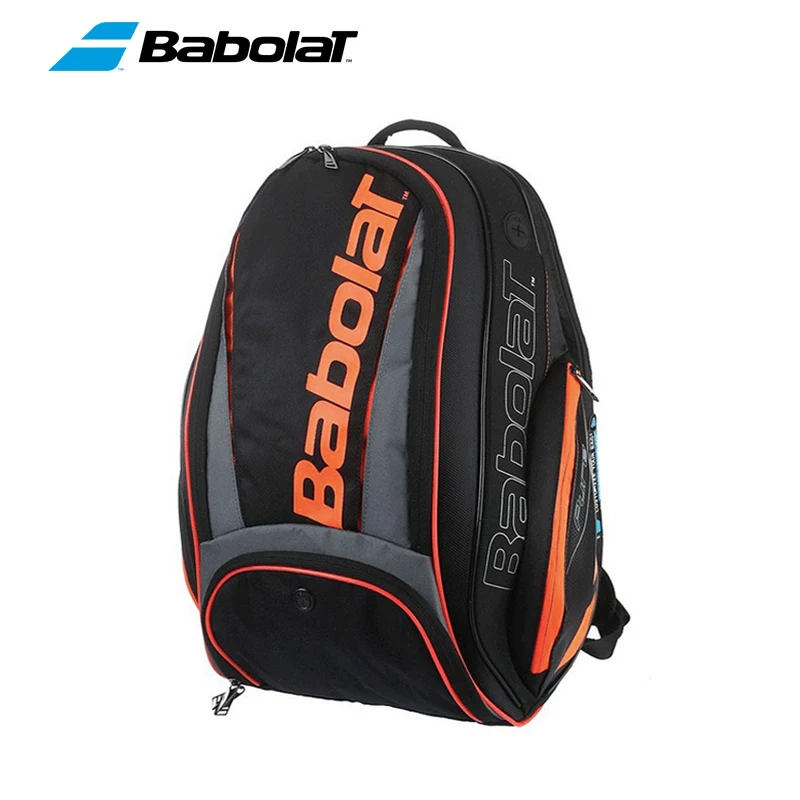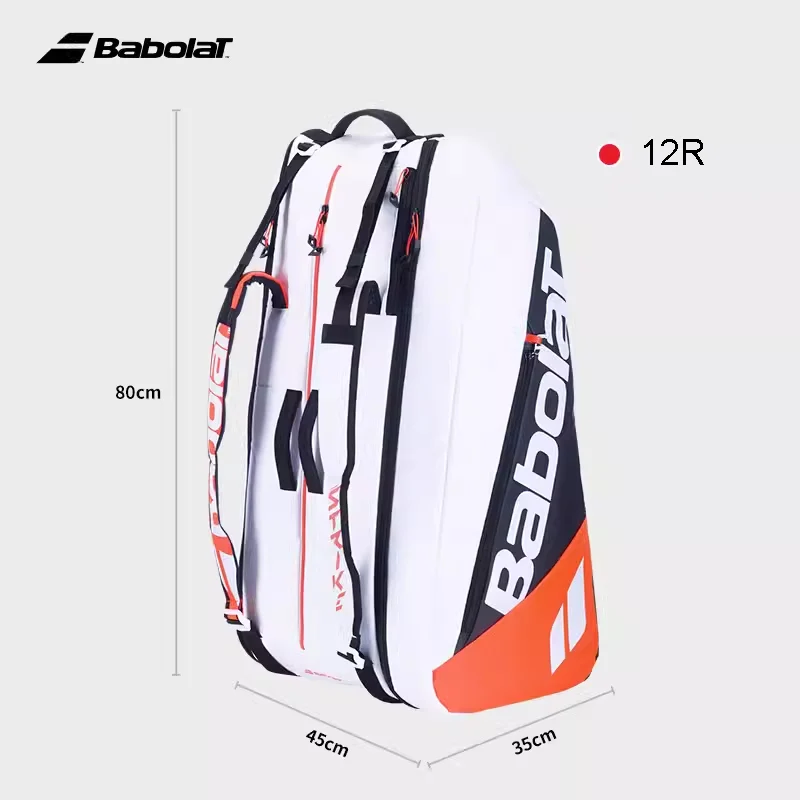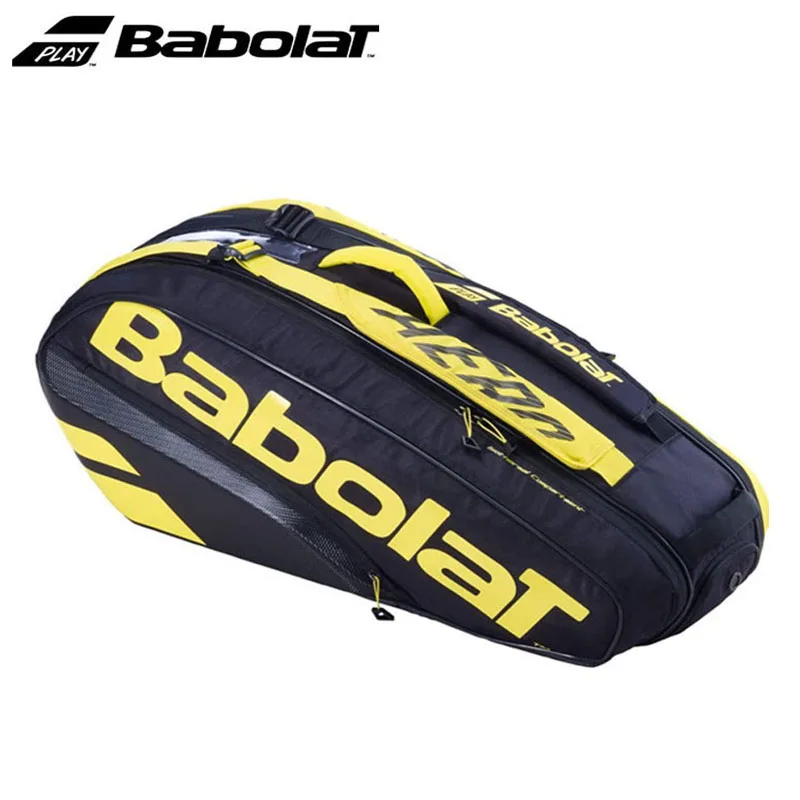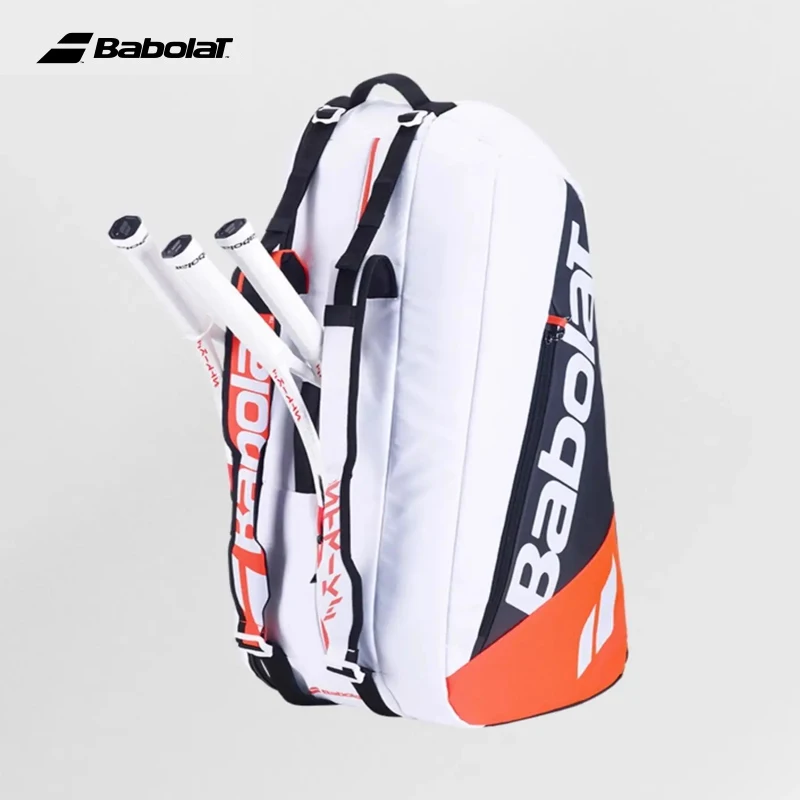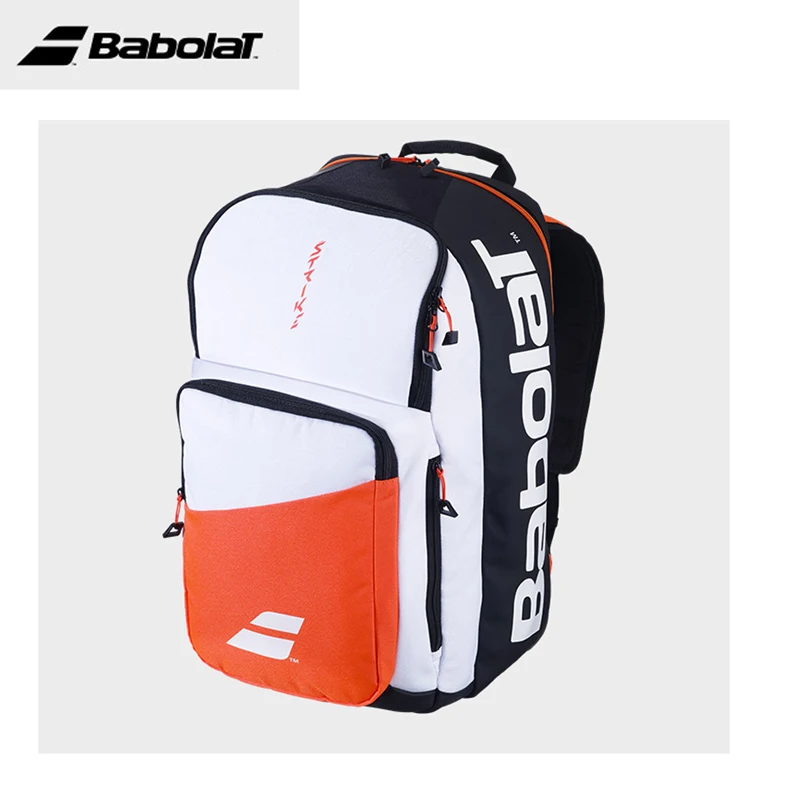Best Ice Hockey Sticks: A Comprehensive Guide
Choosing the right ice hockey stick is crucial to maximize performance on the ice. Here are some factors to consider when selecting the best stick for your needs:
Flex: The flex rating indicates the stiffness of the stick, measured in pounds-per-inch. A stiffer stick provides more power for shots, while a softer stick offers better control for puck handling.
Curve: The curve is the blade's shape, which affects puck control and shot accuracy. There are various curves available, from open to closed, depending on playing style and position.
Material: Hockey sticks are typically made of wood or composite materials. Wood sticks are durable and inexpensive, while composite sticks offer lighter weight and enhanced performance.
Blade pattern: The blade pattern refers to the shape of the blade's surface. Different patterns provide different levels of puck grip and release.
Length and Weight: The length and weight of the stick should suit the player's height, weight, and playing style. Longer sticks offer more reach, while shorter sticks provide better agility.
Recommended Sticks:
- Bauer Nexus 2N Pro - All-around performance for players of all skill levels
- CCM Super Tacks 2.0 - Powerful and accurate shots for offensive players
- Warrior Covert QRL Pro - Lightweight and responsive stick for playmakers
- True Catalyst 9X - Advanced technology for elite puck handling and control
- Sher-Wood Rekker Element 1 - Durable and well-balanced stick for all-purpose use
FAQ:
- What is the best flex for a beginner? A flex rating between 60-75 is suitable for most beginners.
- What curve is suitable for wrist shots? A mid-curve provides a good balance of control and power.
- What is the advantage of a composite stick? Composite sticks offer lighter weight, enhanced feel, and longer durability.
- How do I determine the proper length of my stick? Stand with the blade on the ground and the shaft between your legs. The stick should reach your chin.
- What blade pattern provides the best grip? A concave blade pattern offers excellent puck grip for puckhandling and backhand shots.
Pre:How long do most professional hockey games last and how many minutes do players typically skate during those games
Next:What are essential field hockey skills and how can I improve them





